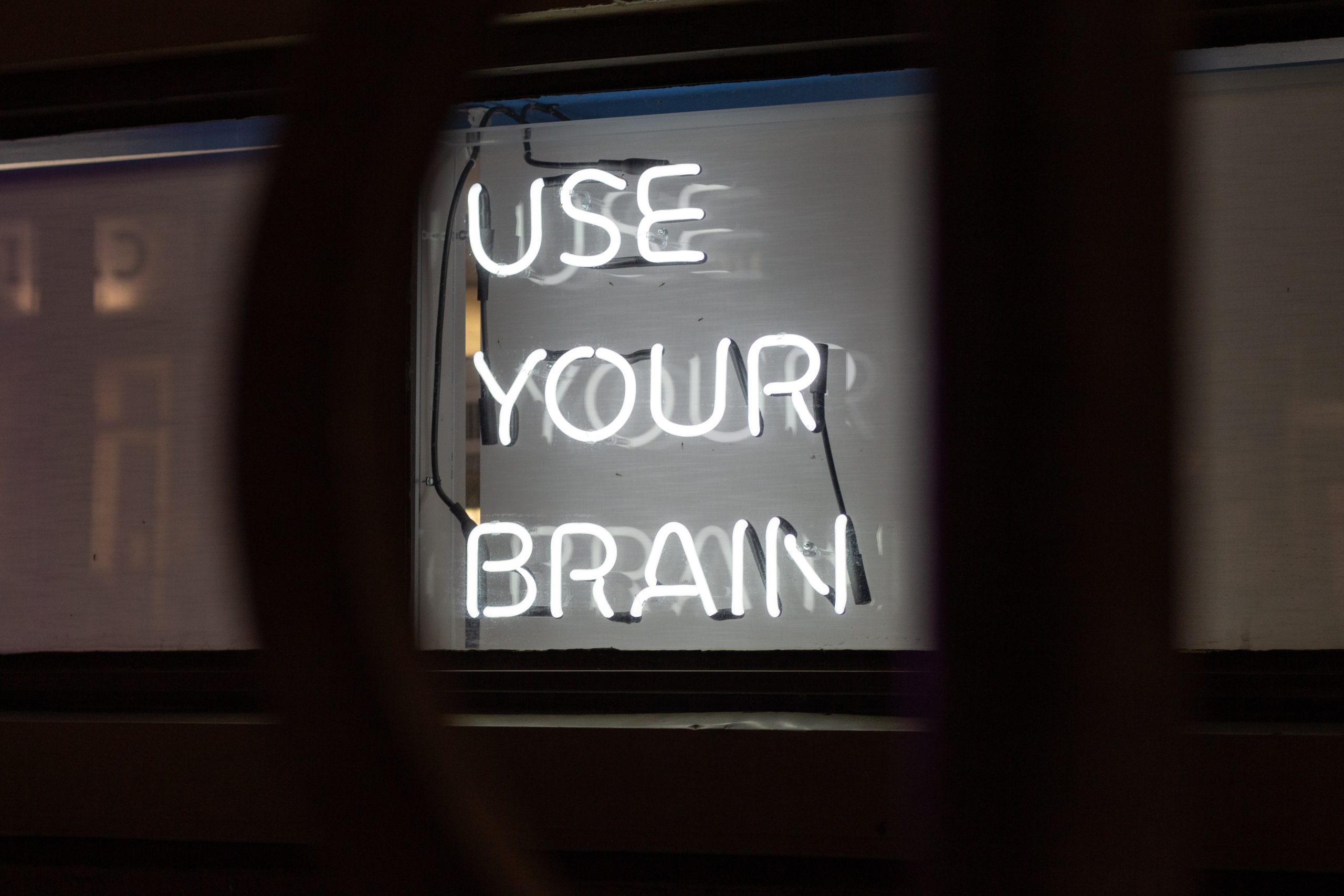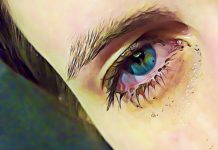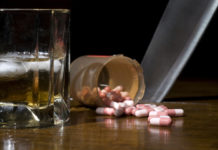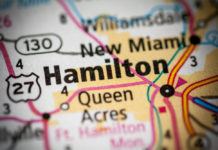Community members in Duluth, Minnesota receiving addiction treatment have seen positive results with light therapy.
Since light therapy can affect people with Seasonal Affective Disorder (SAD), post-traumatic stress disorder or those in danger of relapse, Sue York and her twin sister Katherine founded the SunSpot in 2016.
They have been using their resources to promote the benefits of light therapy throughout the state.
The pair retrofitted a former Alabama city bus with Ultraviolet B lamps, booth cushions, insulated walls, vinyl floors and a generator to power the lamps.

Sue York was inspired to invest in the healing potential of light therapy and bring it to the community after she became affected by SAD and after her husband had passed away from a Vitamin D deficiency-related cancer.
In northern U.S. states, the amount of sunlight becomes limited. York explained that people in Minnesota would greatly benefit from more sun exposure because it can improve a person’s mood and boost their Vitamin D3 levels.
“Twenty minutes a day would be great for people when they can get it,” she said. “Here we can’t even access the light. We only have access to that healing light about three to four months out of the year because of where the sun is in the sky.”
This decrease in light during certain periods of the year can affect multiple people, sometimes resulting in SAD. SAD is a recurrent depressive disorder which can be comorbid with other disorders or conditions. Although it has been colloquially termed the ‘winter blues’, given its prominence during winter months with limited sunlight, it can seasonally affect a person’s mood and brain chemistry.
A 2017 study by the Journal of Sleep Science found that subjects with both SAD and Alcohol Use Disorders experienced greater sleep problems than those with only one disorder. Additional studies noted how SAD negatively affects a person’s circadian rhythms.
Ron Bacon, a licensed marriage and family therapist in San Juan Capistrano, CA acknowledged that the presence of SAD can contribute to a person’s clinical depression diagnosis.
In his clinical practice, he postpones officially diagnosing individuals because different factors must be taken into account. He said that the majority of patients are misdiagnosed with bipolar disorder, when in actuality multiple conditions may be concurrently affecting them.
SAD can greatly affect people with substance use disorders or in addiction treatment because they may experience a lowering of serotonin levels. Bacon noted that patients in the first two weeks of withdrawals also experience a drop in dopamine levels, which leads many to turn to drugs or alcohol.
“They’ve opened the door and their brain is saying, ‘Give me what I really want,’” he said.
Although many professionals recommend… (Continue Reading)

















